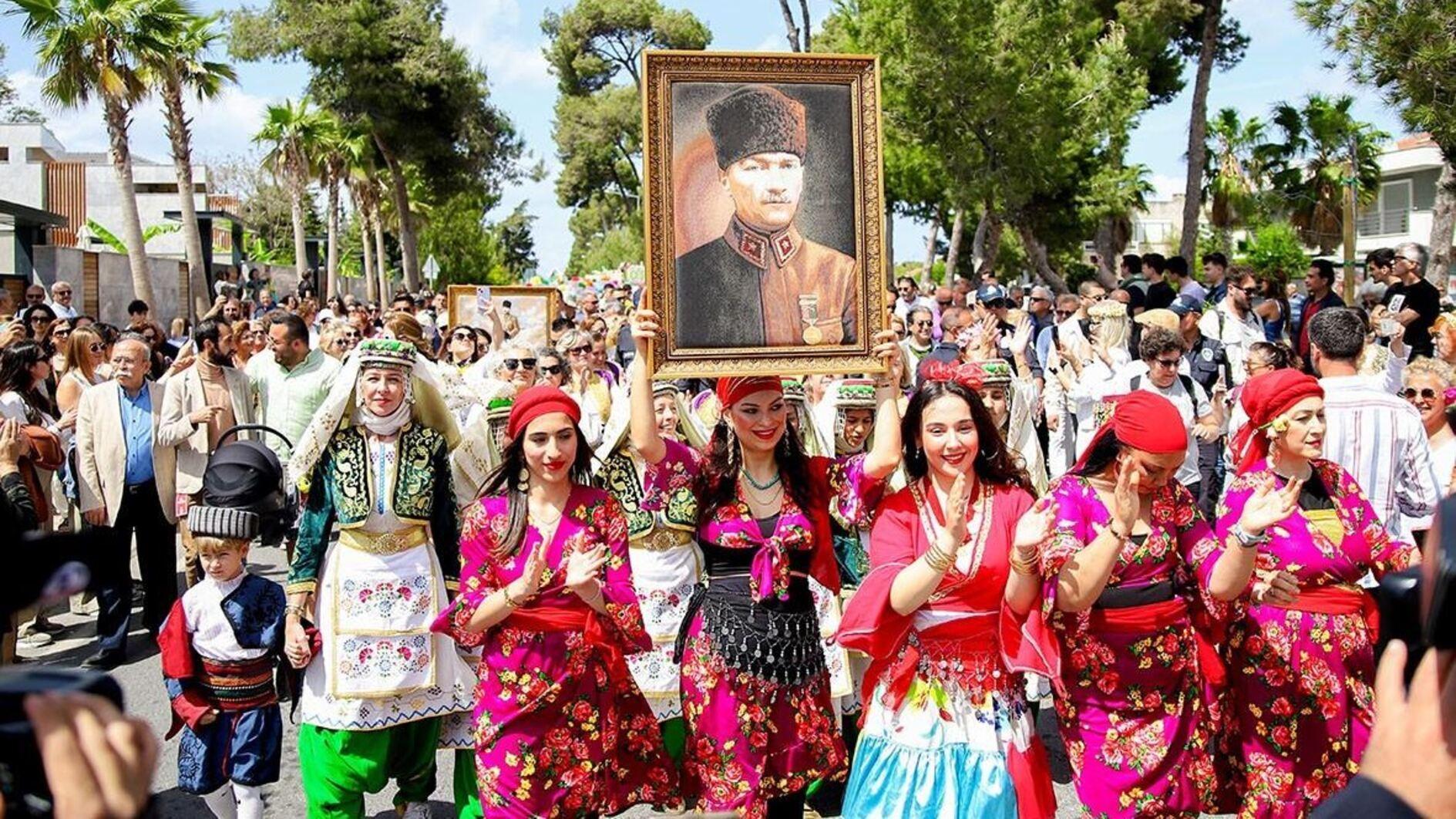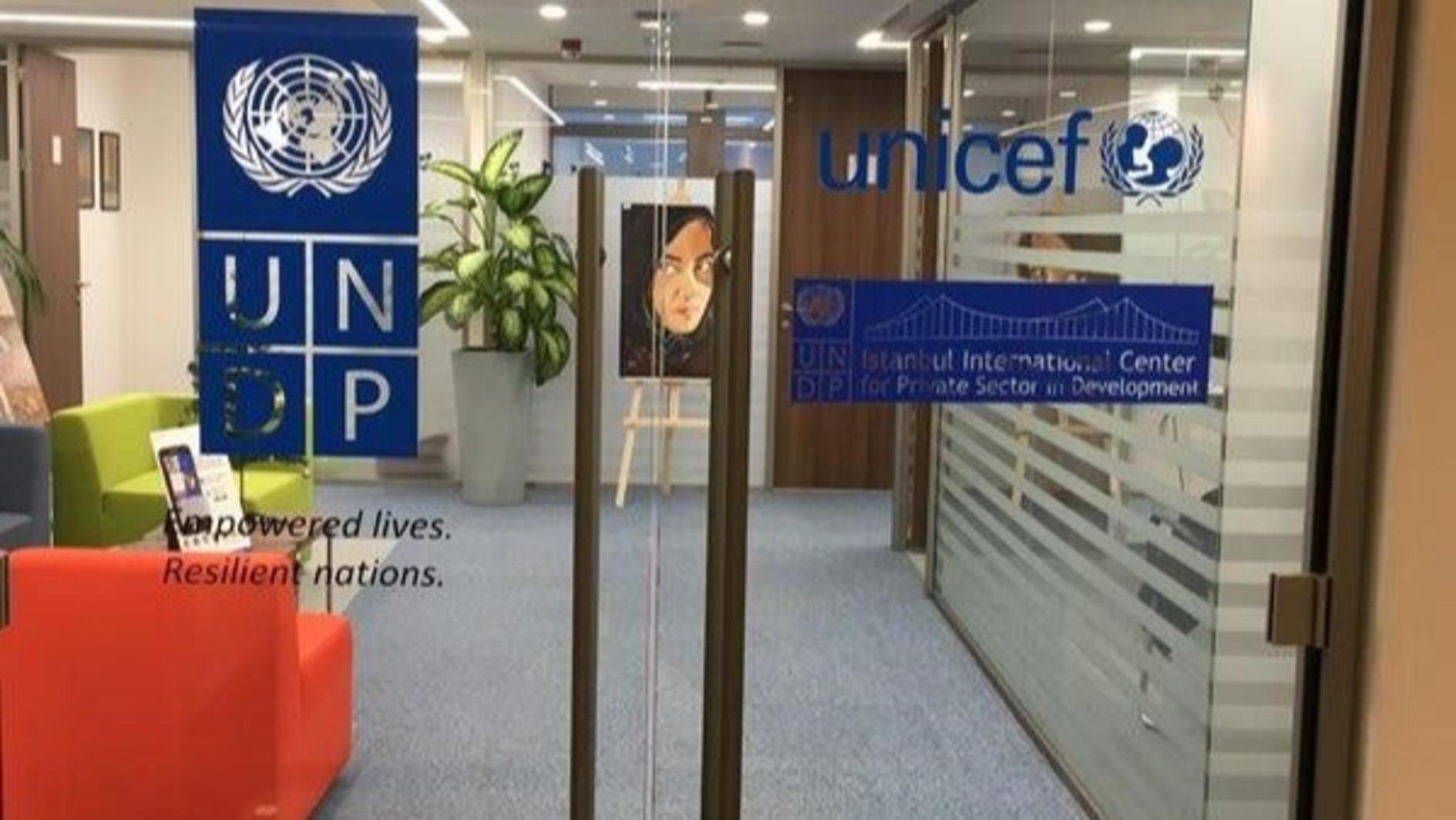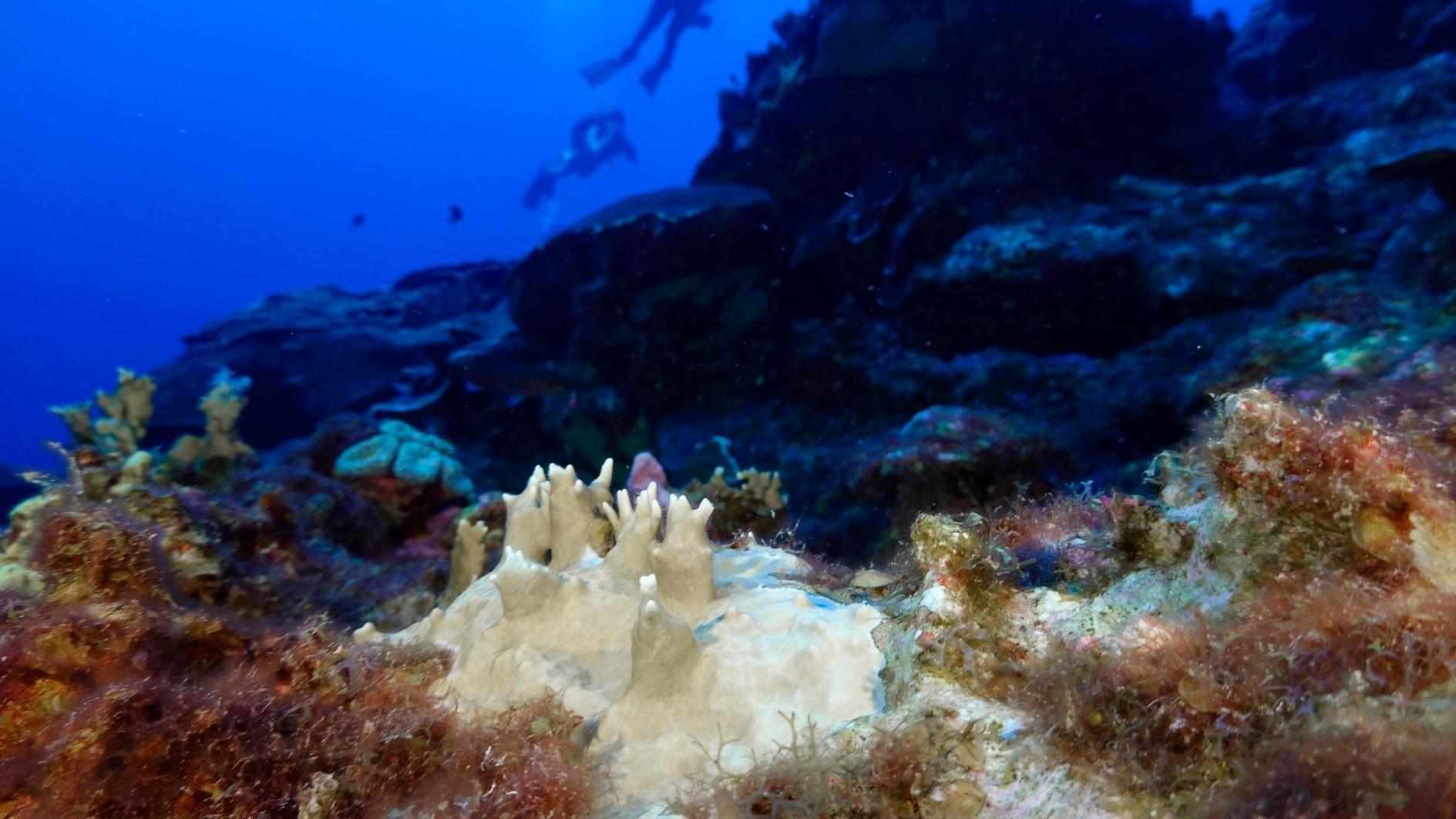Half-sunken city Halfeti becoming tourist hotspot
ŞANLIURFA

Lying on the eastern bank of Euphrates River, the district of Halfeti is like a scene out of a Mesopotamian fairy tale. In the southeastern province of Şanlıurfa, Halfeti is called “sunken city” in Turkish, as it submerges under water because of the Birecik Dam.
Halfeti was added to the network of slow cities Cittaslow in 2013, with abandoned stone houses in its Savaşan village expected to turn into boutique hotels.
Although perched on the Mesopotamian steppes, Halfeti is reminiscent of an Aegean town and has been welcoming an increasing number of local and foreign tourists every year.
Savaşan, also a half-sunken city since most of it has remained under water, can be seen by tourists on boat tours and is one of the most popular places in the region.
But Halfeti and its vicinity are condemned to disappear under water due to the nearby Birecik Dam, pushing locals out of their houses, which they have lived in for decades. Officials are now in efforts to turn their abandoned houses into boutique hotels to boost tourism.
Speaking to the state-run Anadolu Agency, Halfeti district governor Şeref Albayrak said they were working to serve the slow city of Halfeti.
Albayrak said he realized important projects particularly in the field of tourism since he took over the post, including coastal rearrangement, boat tours, price arrangements, car parking places and accommodation.
He said that they also wanted to make use of the old structures in Savaşan to contribute to tourism.
“We have many tourism plans related to Savaşan, which has been largely flooded. In this region, we will convert the expropriated houses into boutique hotels. There will be restaurants and souvenir shops. This way, tourism alternatives will be diversified. And not only the old Halfeti, but also Çekem and Savaşan will turn into tourism centers. Because these places really draw attention. We also work to make people spend more enjoyable time here,” he added.
Halfeti City Council president Nihat Özdal said that Savaşan was an old Macedonian settlement and battles took places in the area when the Rumkale Castle, which hosted many civilizations, had been attacked.
Symbol of the region
Özdal said that one of the oldest churches in the region was in the village and there were nearly 100 cross reliefs in different forms inside the structure.
“One of the streams feeding the Euphrates flows through the mountains of this village. Now the old river bed that was filled with dam water formed a beautiful canyon. The nature of the village is also very rich. Birds migrating to the region choose this village for breeding, and there are hyenas at the old entrance of the village. The village of Savaşan is the symbol of the district with a mosque’s minaret nearly underwater and its historical houses with different architecture. Therefore, the most important route of boat tours is this region. There are places where people sit and have drinks. In the coming period, our expectation is to make this place more regular, and that the houses in the idle state to have more function in a way. If this happens, Halfeti will begin to attract more attention,” he said.
Regional Tourist Guides Chamber chair Müslüm Çoban said that Halfeti attracted many tourists every year for its natural beauties and that the abandoned houses in Savaşan could serve as hotels, restaurants and coffee houses.
“People want to see the sunken city of Savaşan. We have important projects for the village. This way, the length of the boat tours may be extended and this will contribute to the economy of Halfeti and the tourism of the region,” Çoban said.
















